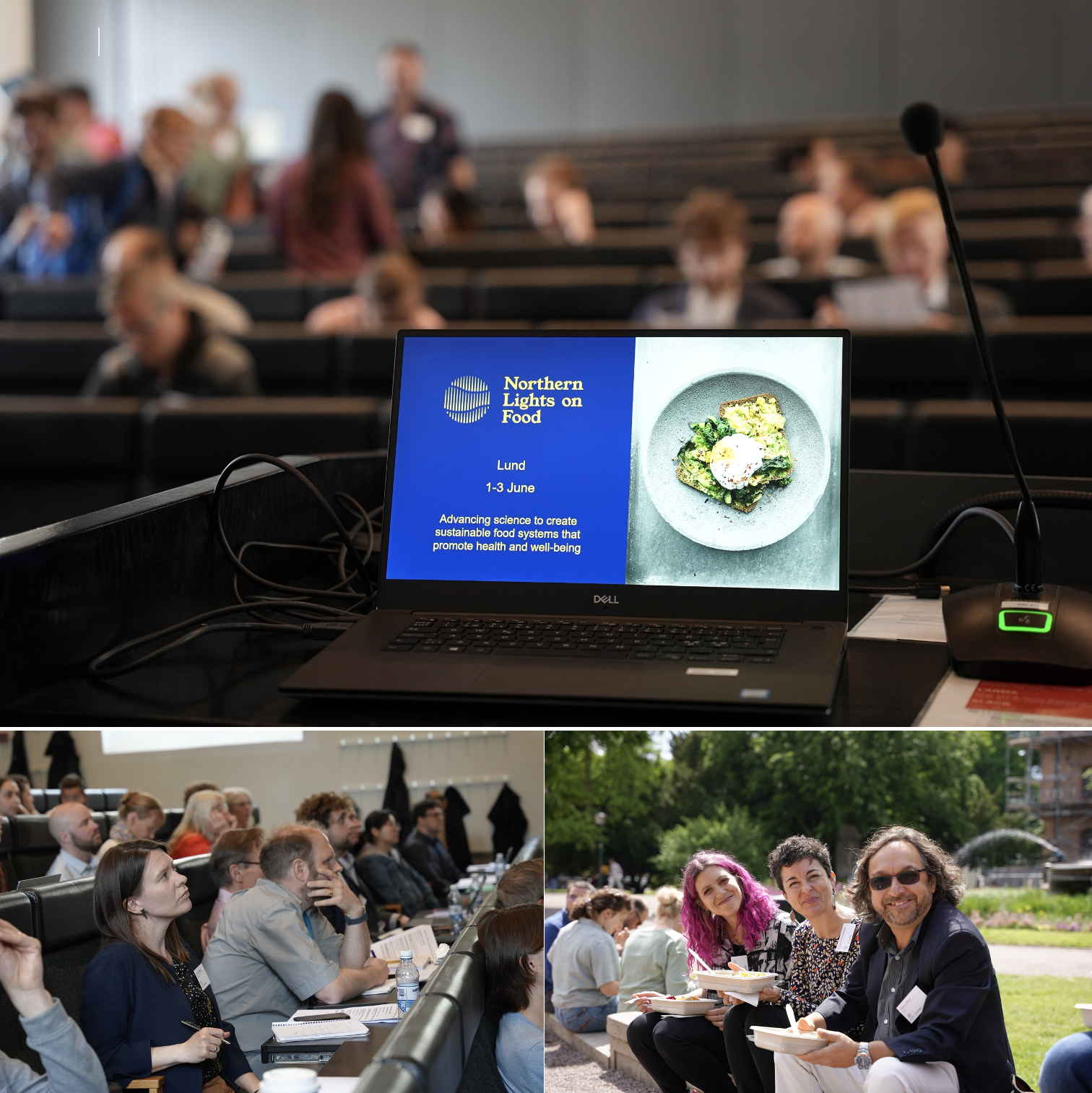Northern Lights on Food conference III, From milk to limoncello – the best of food science and innovation
Northern Lights on Food III was the third annual conference bringing together researchers from academia and industry. Three days of presentations included new research using x-ray and neutron tools to make progress in our understanding of food structures, as well as connections to the wider food industry and society as a whole. After last year’s conference was an online-only event, this year 80 participants gathered in the heart of Lund to meet once more in person, learn about each other’s work, and discuss the way forward for the Northern Lights on Food initiative.
The opening keynote presentation was given by Prof. Elliot Gilbert from ANSTO Australia, who provided a comprehensive summary of how scattering can be used in the characterisation of food materials. The focus was starch, where Prof. Gilbert has made significant contributions to the structural analyses of different types of starches, and how these structures are affected by food processing.
“It is fantastic to finally meet people again after two years, and especially to discuss this fascinating topic. The development of food materials requires interdisciplinary research, and Northern Lights on Food offers this: to let researchers from diverse backgrounds to come together. And in such an engaging and friendly environment, Prof. Gilbert says.
From there, the first two days of the conference featured a wide array of subjects and participants. This included talks on cellulose in plant-based foods, the structure and function of lipid systems, and several examples of food processing and direct applications. Day two included a session on industrial access to large-scale facilities, as well as broader talks on changing consumer behaviour, and assessing social and environmental impacts of food production using a systems perspective. Hanna Barriga from Karolinska Institutet summarize:
“The NLF conference is an excellent platform for industrial and academic partners to share data, discuss projects and identify the challenges within the sector that we can contribute to. It really encompassed the NLF ethos of working together to provide solutions using scattering techniques.”
Day three of the workshop focused on strategy discussions – how to build up the collaboration platform for future food solutions. Prof. Daniel Söderberg (KTH, Director of Treesearch) was invited to describe the establishment of the Treesearch platform, and the lessons learnt along the way. Prof. Rickard Öste (founder of Oatly) also summarized the need to create new knowledge in food material science.
The discussion that followed led to the clarification of the general aims of Northern Lights on Food:
To focus on solvable research questions that can make a real difference to today’s food systems.
To create an environment that attracts young scientists and students to the world of food science and research.
To bridge the communicative gap between food scientists and the facilities.
Finally, the discussion group agreed on some actions. During the upcoming months, the Northern Lights on Food platform will decide on a vision, identify all complimentary techniques available, develop and strengthen the masterclasses offered, and define a way forward through long term funding opportunities.
Photos: Hilde Skar Olsen, Lund University

